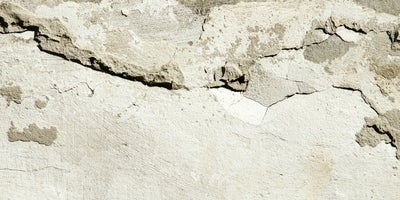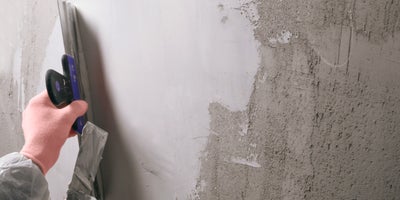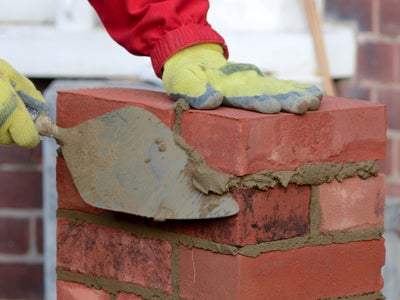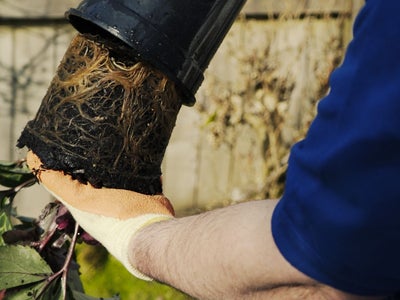Repairing render

If you've noticed cracks or damage to the exterior render of your home, it's important to address the issue before it leads to more costly repairs. Homeowners often underestimate the importance of repairing cracks or exterior damage to their homes, but neglecting simple repairs can lead to much greater consequences down the road. For instance, cracks in a home's foundation can cause water leakage, leading to structural damage and mould growth. Similarly, ignoring exterior damage like chipped paint or missing shingles can result in more costly repairs and decreased property value over time.
Be Inspired
Shop the Range






